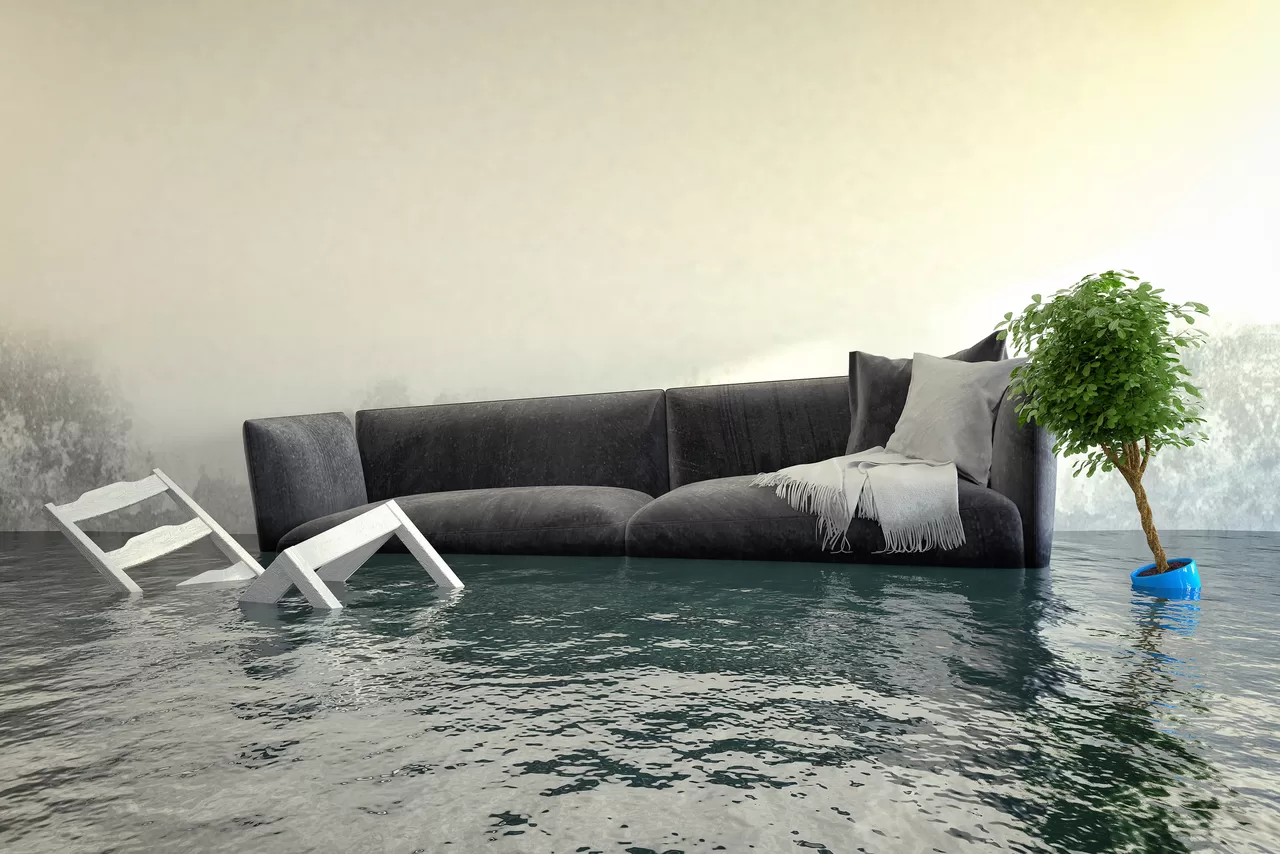Water damage restoration is a crucial process in safeguarding properties from the destructive impact of water-related incidents.
When left unattended, water damage can lead to significant structural issues, mold growth, and environmental hazards.

This article delves into the intricacies of water damage restoration, exploring its importance and the various aspects involved in this specialized field.
One of the primary causes of water damage stems from natural disasters such as floods, hurricanes, and heavy storms.
These catastrophic events can inundate properties, leaving behind extensive destruction that demands immediate restoration efforts.
Faulty plumbing systems can result in leaks, burst pipes, and water seepage.
Undetected leaks can lead to insidious water damage over time, affecting the structural integrity of buildings and causing potential health risks due to mold growth.
Malfunctioning household appliances like washing machines, dishwashers, and water heaters can also be sources of water damage.
Defective components or improper installation may lead to water leakage, necessitating prompt restoration actions.
Inadequate waterproofing and compromised building structures can make properties susceptible to water infiltration during rain or flooding events.
Identifying and rectifying these issues are crucial aspects of the restoration process.
The first step in water damage restoration involves a thorough assessment of the affected area.
Read Also :
Trained professionals inspect the extent of the damage, identifying areas that require immediate attention and devising a comprehensive restoration plan.
Efficient water extraction is crucial to prevent further damage.
Industrial-grade pumps and vacuums are utilized to remove standing water from the premises, facilitating the drying process.
After water extraction, the affected area undergoes a drying and dehumidification phase.
Powerful air movers and dehumidifiers are deployed to eliminate moisture from the environment, reducing the risk of mold growth and secondary water damage.
Once the area is thoroughly dry, professional restoration teams clean and sanitize the space.
This step ensures the removal of contaminants and mitigates health hazards, restoring the property to a safe and habitable condition.
The final stage involves the actual restoration and repairs of the damaged structures and belongings.
This can include rebuilding walls, replacing flooring, and restoring damaged items to their pre-loss condition.
Engaging professional water damage restoration services offers numerous benefits, including expert knowledge, swift response times, and comprehensive solutions tailored to each situation.
Reputable restoration companies employ certified technicians with specialized training in water damage restoration, ensuring that the process is carried out effectively and efficiently.
These experts utilize state-of-the-art equipment and advanced techniques to address water damage promptly, minimizing the overall restoration time and costs.
Implementing routine maintenance checks can help identify potential issues before they escalate into significant water damage incidents.
Well-designed drainage systems efficiently direct water away from properties, preventing water buildup and reducing the risk of flooding.
Applying waterproofing solutions and sealants to vulnerable areas can fortify structures against water infiltration.
Having comprehensive insurance coverage for water damage ensures financial protection in the event of unforeseen water-related disasters.
Embracing eco-friendly restoration practices helps minimize the environmental footprint of restoration activities.
Responsible waste management and recycling methods are employed to reduce the amount of waste generated during the restoration process.
Incorporating environmentally friendly cleaning agents and chemicals ensures that restoration efforts are conducted with the utmost consideration for the environment.
Unseen water damage and hidden pockets of moisture can pose challenges during the restoration process, requiring meticulous inspection and detection techniques.
Severe water damage may compromise the structural integrity of buildings, necessitating extensive repairs and reconstruction.
Navigating insurance claims and coverage can be complex, requiring effective communication and documentation to ensure fair compensation for restoration efforts.
Water damage restoration plays a pivotal role in preserving properties and protecting the environment from the far-reaching consequences of water-related incidents.
Swift action, expert intervention, and proactive measures are essential in mitigating water damage and safeguarding our homes and businesses against this formidable force of nature.
By investing in professional restoration services and adopting sustainable practices, we can effectively combat water damage and maintain the longevity of our built environment.